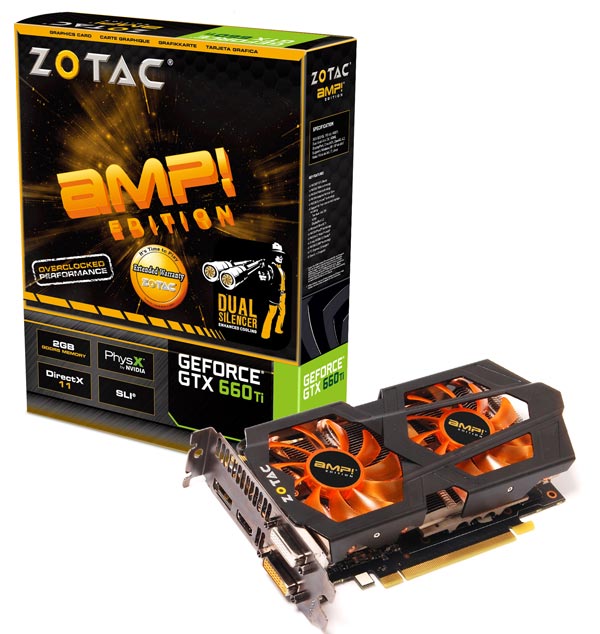Index

Preview: Bunch of non reference designs, good performance and a free game
Nvidia is planning for the GTX 660 Ti to become the new weapon of choice for gamers. The card does offer good gaming performance but the frail, sub-€300 price range, it is the price that often dictates the weapon of choice. Nvidia probably had a god reason for the last minute pric change and the suggested retail pricing for the Geforce GTX 660 Ti 2GB is €259 + VAT.
Good news is that almost all Nvidia partners decided to bundle Borderlands 2, which will be available for download on 21st of September. The game supports PhysX, meaning that Geforce owners will indulge in more realistic effects like cloth simulation persistent particles and dynamic fluid simulations.
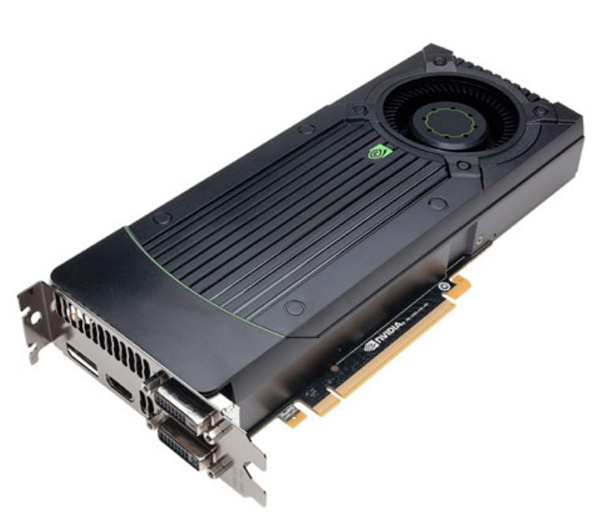
Many partners will take part in today’s launch of the GTX 660 Ti. There are already some non-reference coolers and there are factory overclocked models as well. Today, we’ll show you Gainward’s GTX 660 Ti Phantom 2GB and EVGA’s GTX 660 Ti Superclocked 2GB cards in separate reviews of course. Additionally, we’ll show you some other Nvidia partner designs and list some basic specs.
Kepler architecture is not solely performance focused and aims at delivering good performance per Watt ratio, which is pretty much clear when comparing the current to the previous generation. The GTX 660 Ti is said to have a 150W TDP, which is similar to the GTX 560, but the GTX 660 Ti churns out superior performance. The GTX 660 Ti typically draws up to 134W of power in most non-TDP applications. Typical board power for GTX 670 is about 141W while the TDP is at 170W.
The GTX 660 Ti is based on the GK104 GPU, which is used on GTX 690/680/670 cards as wel. The card packs the same number of CUDA cores as GTX 670, 1334 CUDA cores and 7 SMX units. GTX 680 comes with 8 SMX units and 1536 CUDA cores.
The base clock speed is 915MHz, while typical Boost clock is 980MHz. The GTX 660 Ti and GTX 670 run at same clocks and have the same number of CUDA cores but a reference clocked GTX 660 Ti can’t catch up with the GTX 670 due to less ROPs (from 32 on GTX 670 to 24 on GTX 660) and the 192-bit memory interface.
Note that as with previously released Kepler cards, the boost clock speed is based on the average GTX 660 Ti running a wide variety of games and applications and that the actual Boost clock will wary from game to game depending on actual system conditions. We’ve seen that some partners set the base clock beyond 1GHz at launch.
Memory interface is reduced to 192-bit from the 256-bit on GTX 670 cards. There are three 64-bit memory controllers. Interestingly, GTX 660 Ti memory controller supports mixed density memory module operation and we’ll also see GTX 660 Ti cards with 3GB memory.
GTX 660 Ti s memory speed is 1502MHz (6008MHz effective), which means that the memory is clocked the same as on GTX 680/670 cards.
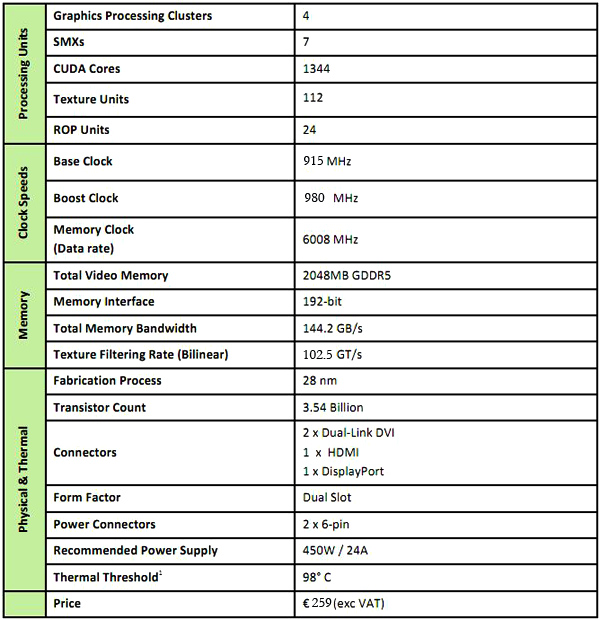
GTX 660 Ti looks almost identical to the GTX 670. The reference model is 9.5” or 24.1cm long. Since the GPU is like the one used on GTX 670 cards, Nvidia had to ensure adequate cooling. This is why the company used a quite hefty dual slot cooler, which is actually only about one centimeter shorter than the one on GTX 680. GTX 680, 670 and 660 Ti’s fans are the same type and size.
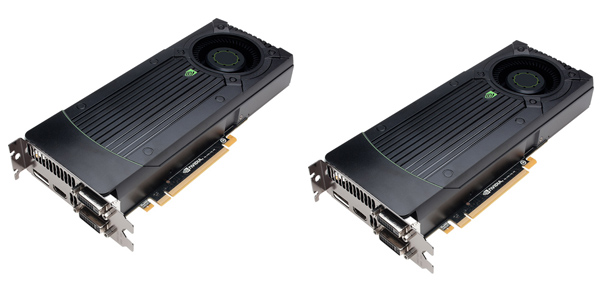
Just like on the GTX 670, Nvidia used a shorter PCB for the GTX 660 Ti. The company ended up using a shorter PCB, which is only 17.2cm long. At the same time, this is the reason why the power connectors aren’t at their standard spot, towards the end of the card. GTX 660 Ti cards come with two 6-pin power connectors. Inexperienced users often forget to connect the power cables. Thankfully, as of GTX 680, Nvidia started using low power notification message that is displayed at boot up and reminds the user to plug-in the power connector.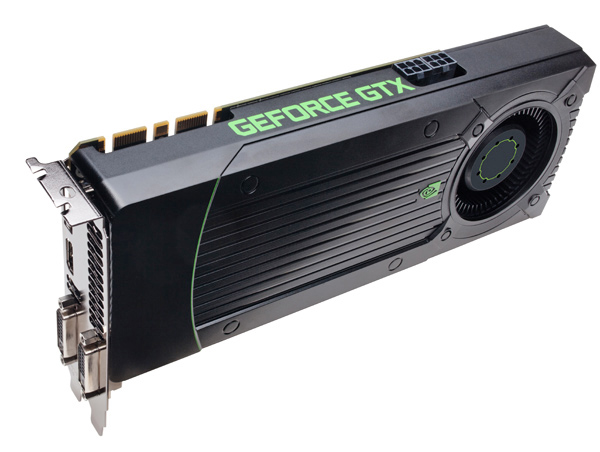
The following photo shows EVGA GTX 660 Superclocked Ti 2GB from the rear. EVGA is planning to launch 3GB versions as well.
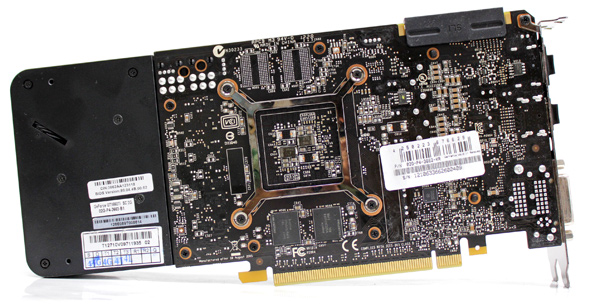
Video outs include two dual-link DVIs (only one is VGA capable) and standard HDMI and DisplayPort connectors. Note that all four outs can be used simultaneously.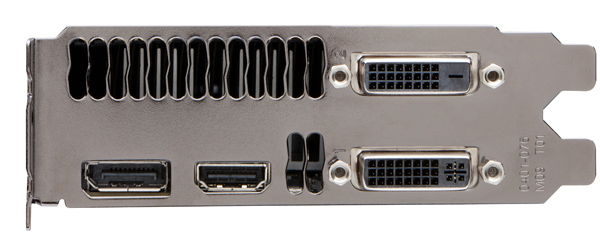
The GTX 670 comes with two SLI connectors usually found only on Nvidia’s high end cards. This means that users can daisy chain more cards in a Quad GTX 660 Ti system. We're actualy not sure whether Quad SLI is possible, since Nvidia officially supports only 3-way SLI, however, we're talking about driver restrictions, so anything is possible. If you remember the 301.42 driver adds Quad SLI support for GTX 670.
Motherboard: EVGA X79 FTW
CPU: Sandy Bridge-E Core i7 3820 (3.6GHz)
CPU Cooler: Thermalright HR-02 (Thermalright-Europa Distri www.PC-Cooling.de).
Memory: 8GB ADATA DDR3 1600 XPG Gaming series
Harddisk: OCZ Vertex 2 100 GB
Power Supply: CoolerMaster Silent Pro 1000W
Case: CoolerMaster Cosmos II Ultra Tower
Operating System: Win7 64-bit
Nvidia 305.37-desktop-win7-winvista-64bit-english
AMD 12-8_vista_win7_64_dd_ccc.exe_whql
3D Mark11
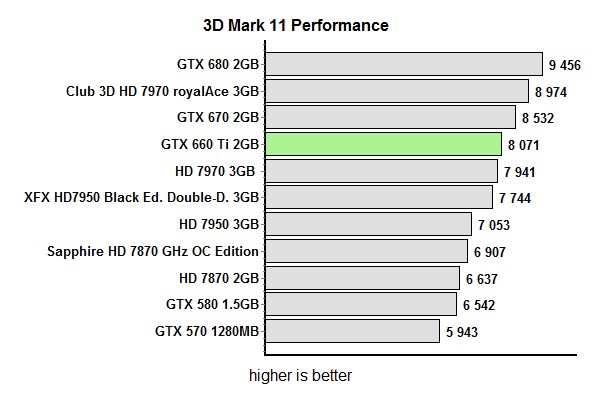
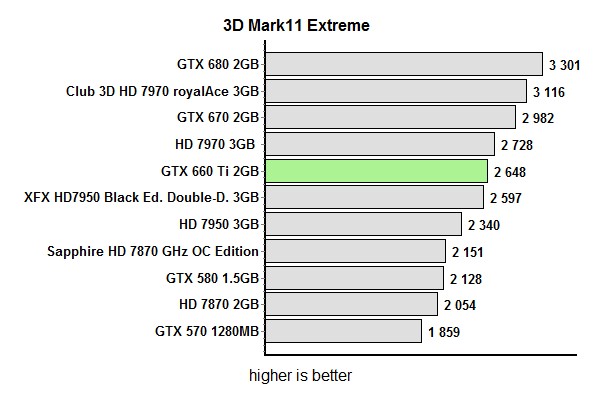
Aliens vs Predator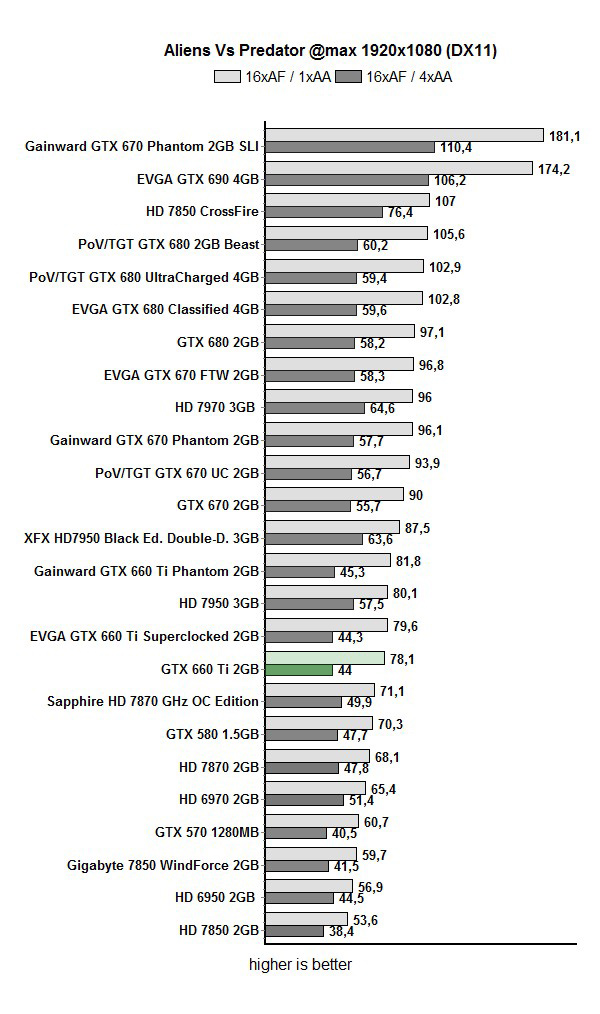
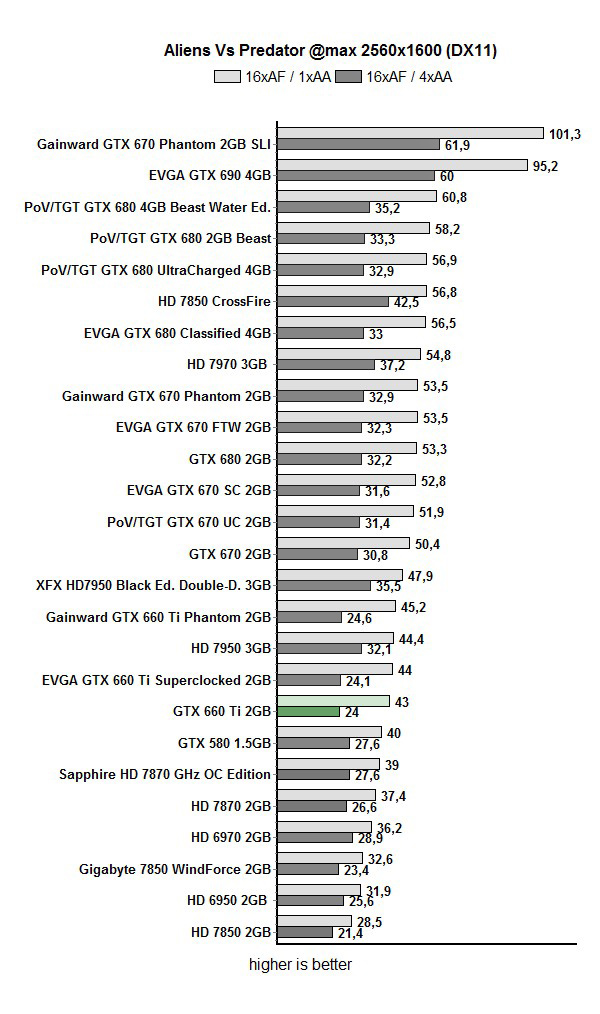
Crysis 2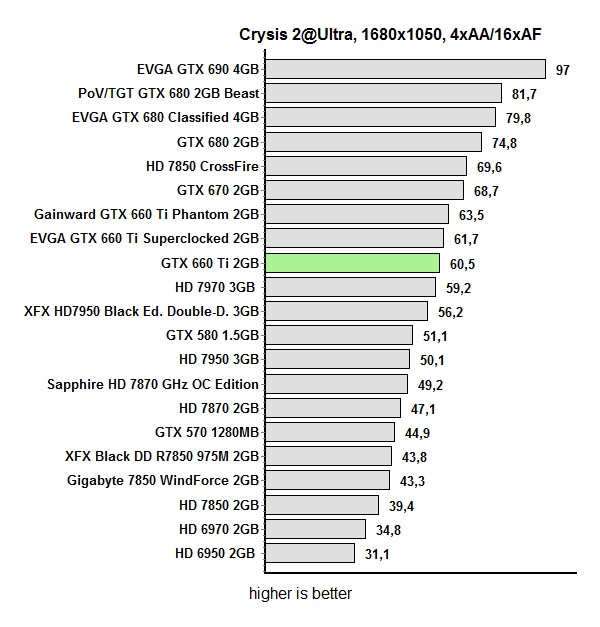
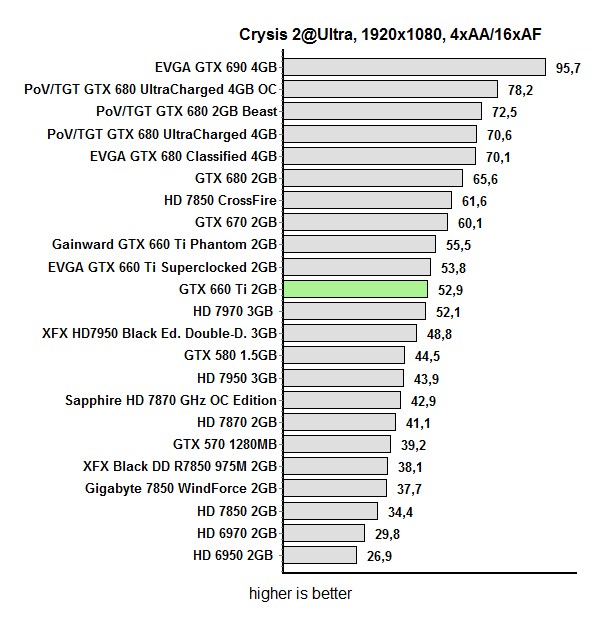
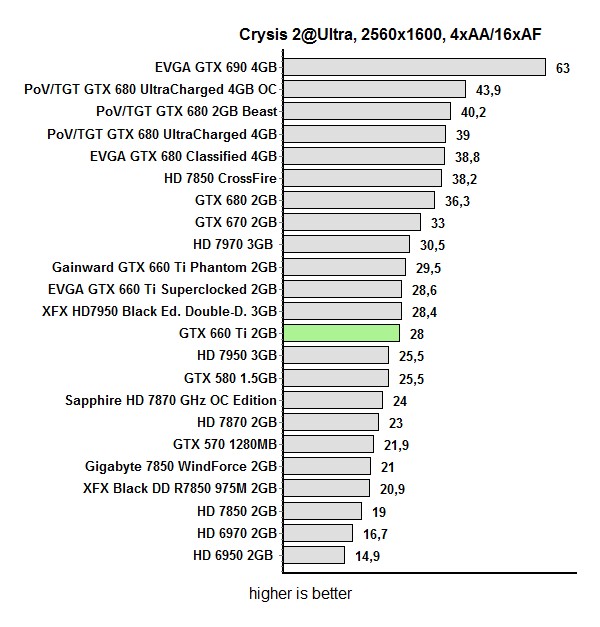
Metro 2033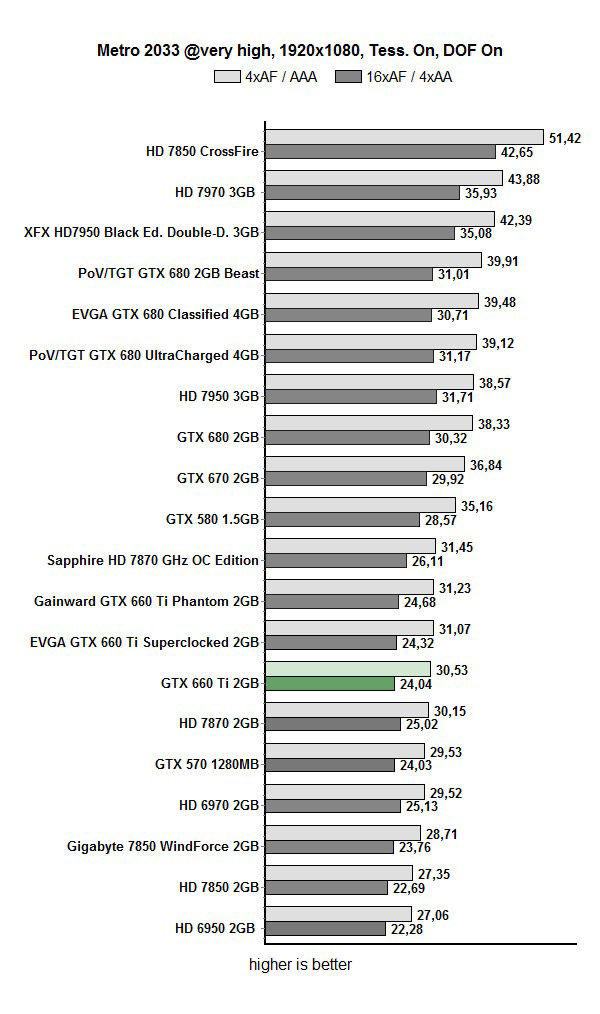
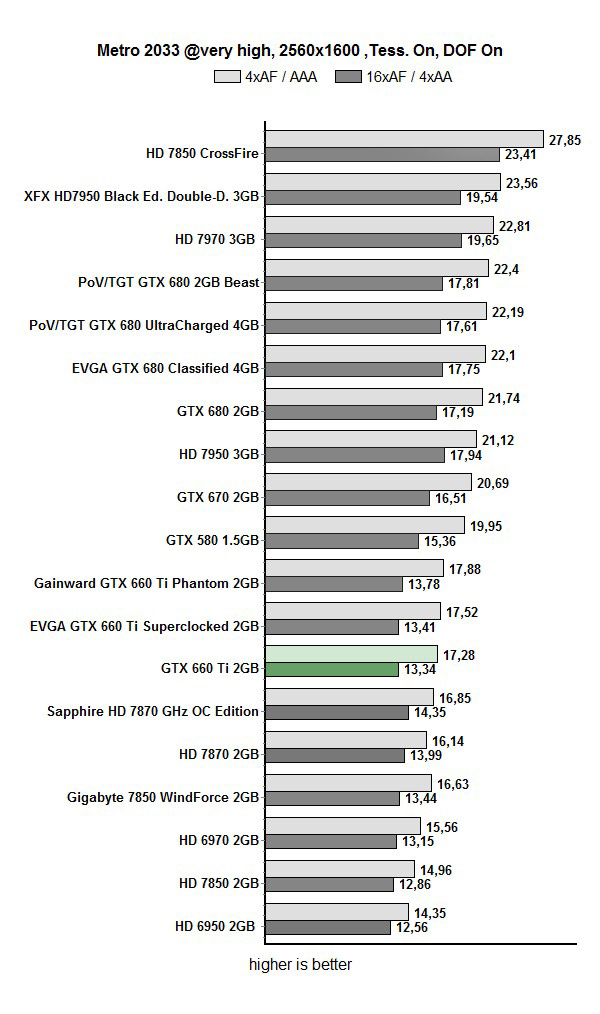
With EVGA's card we managed to get GPU clocks similar to those on overclocked GTX 670 cards.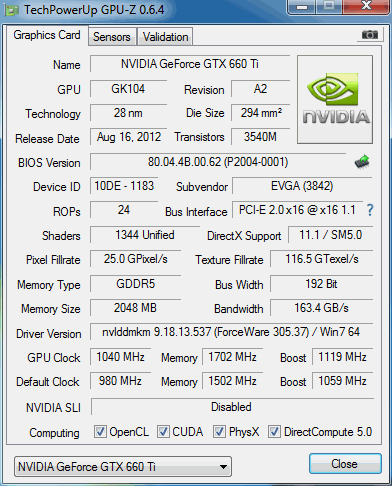
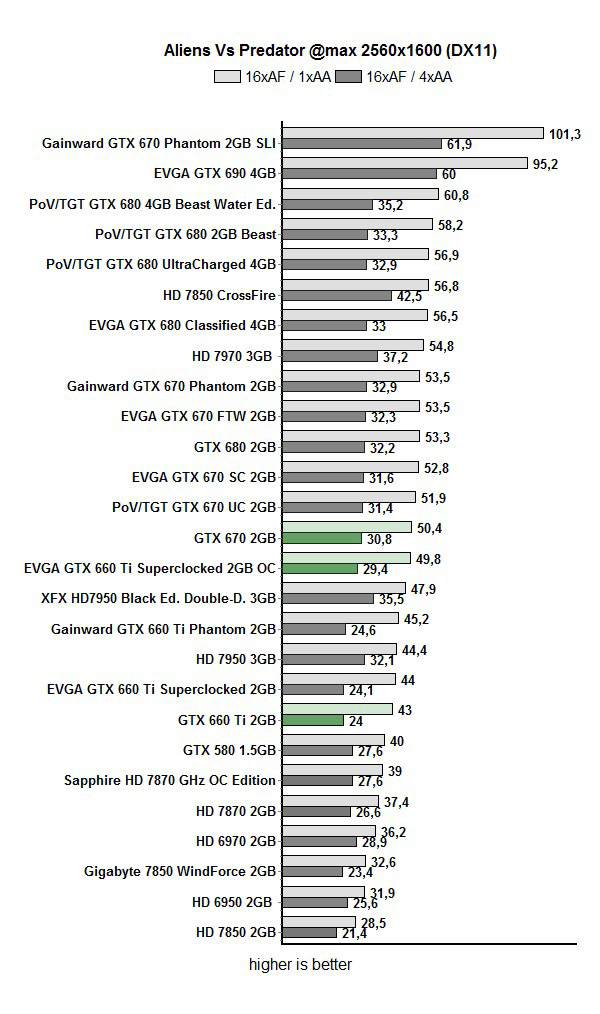
Gainwards's card reaches very high GPU overclock.

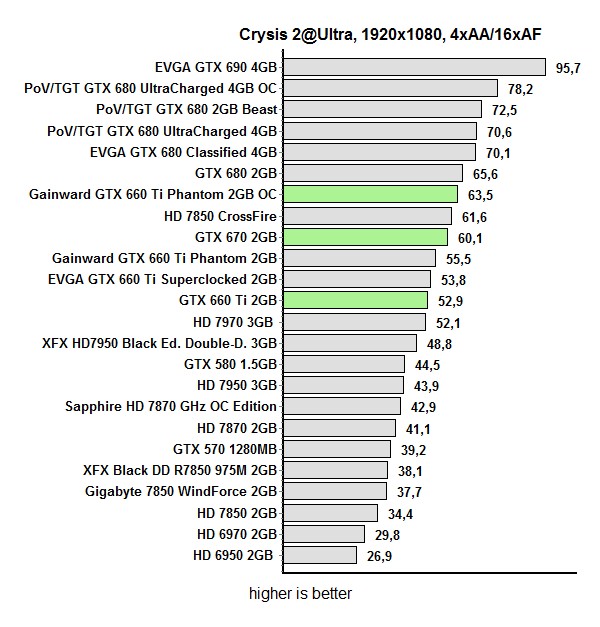
Thermals and Noise
The fan is not very loud and working next to a GTX 660 Ti is quite comfortable, even when the card is under full load.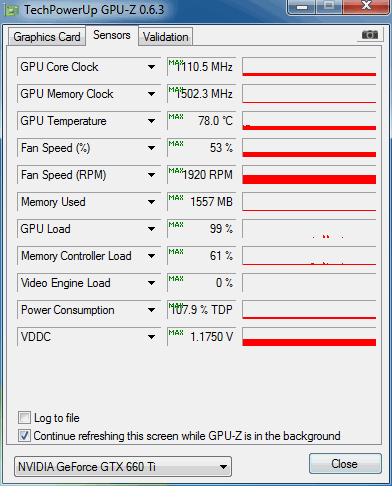
Power Consumption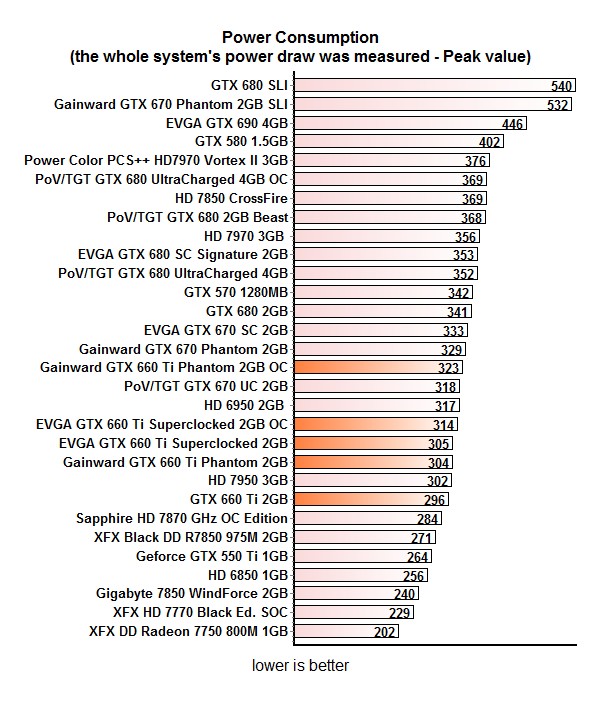
The GTX 660 Ti is a good card for gaming up to 1920x1080. Suggested pricing is €259 + VAT, which pits it against the HD 7950 rather than versus HD 7870. HD 7870 cards currently start at €260, while the 7950 can be found at €290. As far as performance goes, the GTX 660 Ti is somewhere in between, largely depending on the game and resolution.
We’ve seen that the GTX 660 Ti is capable of beating the HD 7950, but the highest resolution and antialiasing take their toll on the GTX 660 Ti.
The card has a nice performance per Watt ration and quiet cooling. Perhaps 1344 CUDA cores and 2GB of memory on the GTX 660 Ti may harm GTX 670 sales, but the latter still has the upper hand. The GTX 660 Ti comes will less ROPs and 192-bit memory interface, which shows in the tests.
Overclocking the GTX 660 Ti matches the GTX 670's performance, not too shabby considering that the GTX 670 goes for €370. On the other hand, the GTX 670 is a fine overclocker itself, and it lets you match the GTX 680, so let's not go down (or up?) the rabbit hole.
If you're lookign for a new graphics card, the GTX 660 Ti will provide all the benefits of the Kepler architecture. We've seen in our tests that the GTX 660 Ti outran the last year's top card the GTX 580, which really says enough.
Asus:
GTX 660Ti-DC2-2GD5 – 2GB GDDR5 915/980/6008MHz, 6+6 Pin
GTX660 TI-DC2OG-2GD5 – 2GB GDDR5 1029/1098/6008MHz, 6+6 Pin
GTX660 TI-DC2T-2GD5 – 2GB GDDR5
GTX660 TI-DC2TG-2GD5 – 2GB GDDR5
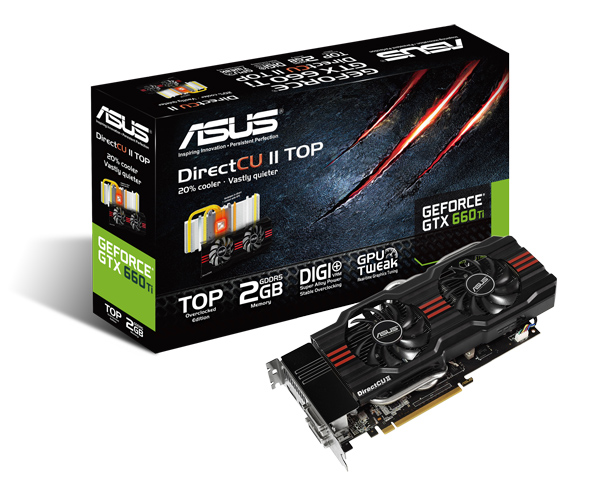
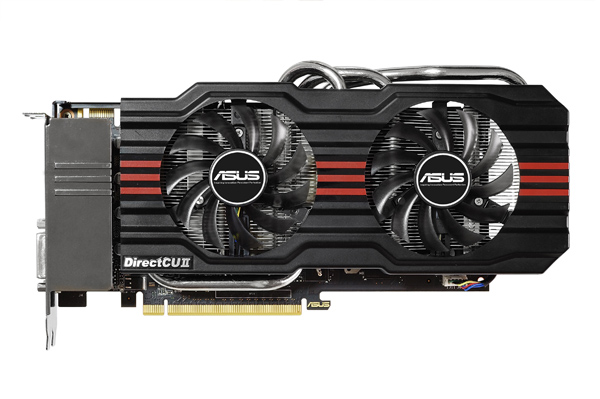
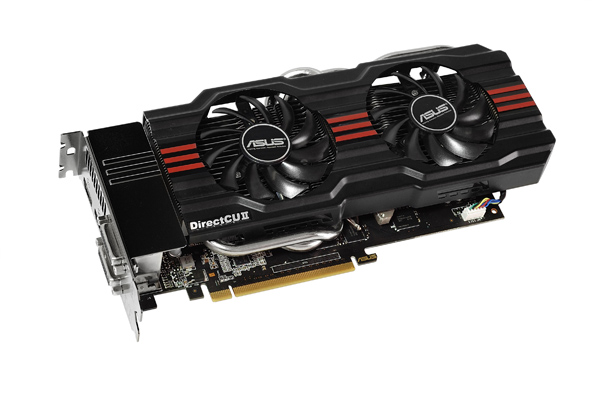
- iGame GTX 660Ti ARES X – 2GB GDDR5 1019 / 1097 / 6008, 6+6 Pin
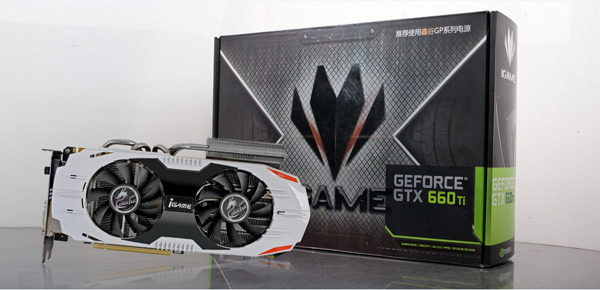
EVGA:
EVGA GeForce GTX 660 Ti 2GB
EVGA GeForce GTX 660 Ti Superclocked 2GB
EVGA GeForce GTX 660 Ti FTW 2GB
EVGA GeForce GTX 660 Ti+ 3GB
EVGA GeForce GTX 660 Ti Superclocked+ 3GB
EVGA GeForce GTX 660 Ti FTW+ 3GB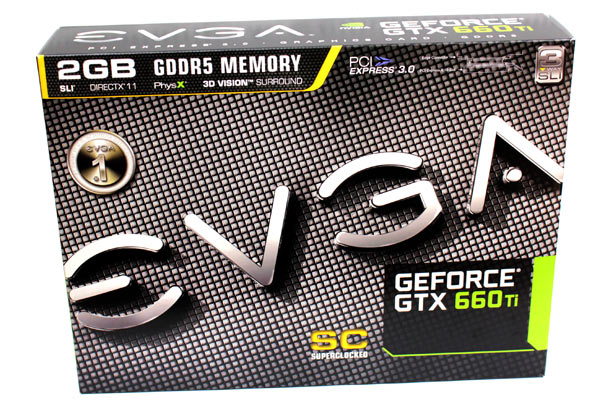
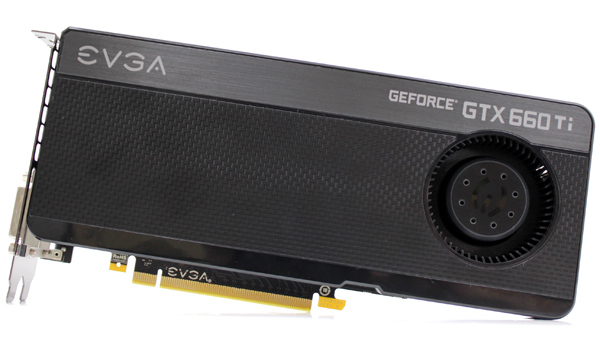
Gainward:
GW-GTX660Ti 2GBD5 PHANTOM – 2GB GDDR5 1006/1084/6108MHz, 6+6 Pin
GW-GTX660Ti 2GBD5 - 2GB GDDR5 915/980/6008MHz, 6+6 Pin
Galaxy Tech:
GF-PGTX660Ti-OC3GD5 – 3GB GDDR5 1006/1084/6008MHz, 6+8 Pin
GF-PGTX660Ti-OC2GD5 – 2GB GDDR5 1006/1084/6008MHz, 6+8 Pin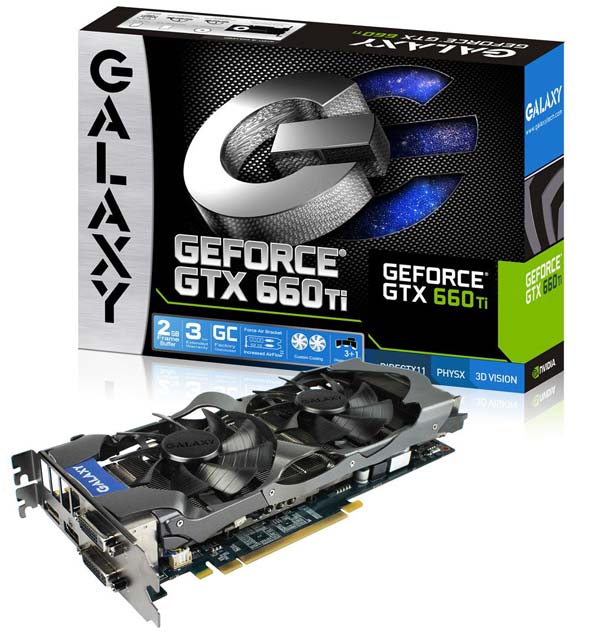
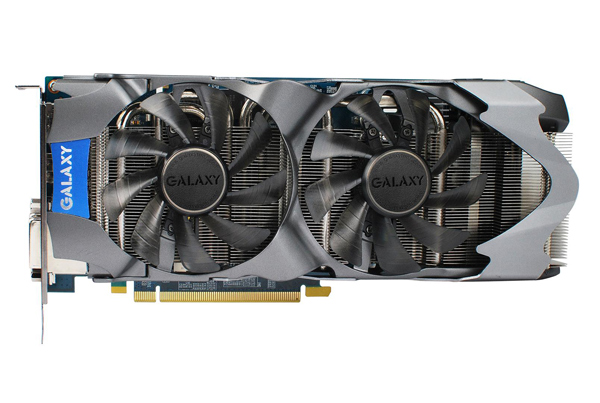
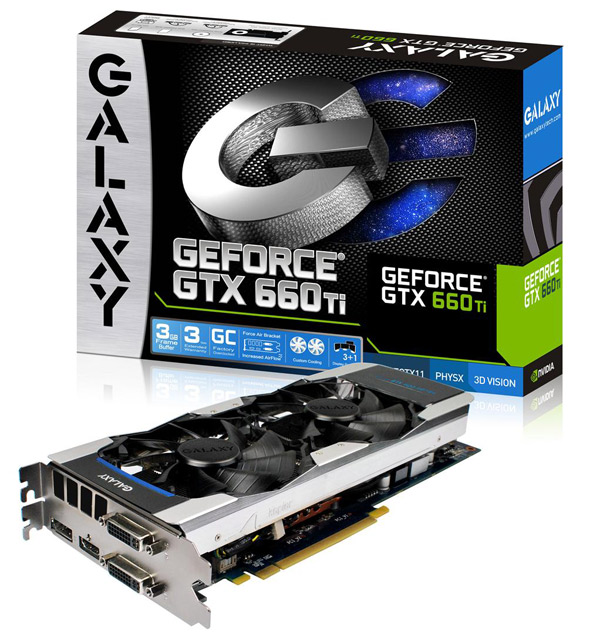
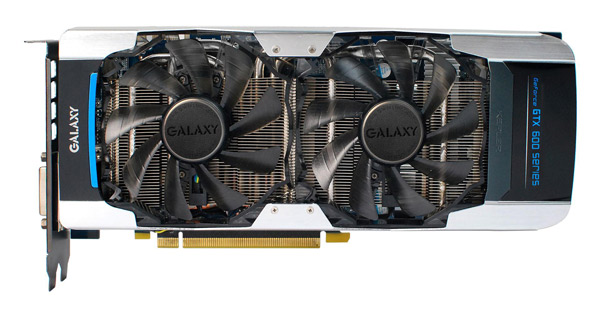
Gigabyte:
GV-N66TOC-2GD - 1033MHz/1111/6008MHz 2GB GDDR5
GV-N66TiW-2GD – 915MHz/980/6008MHz 2GB GDDR5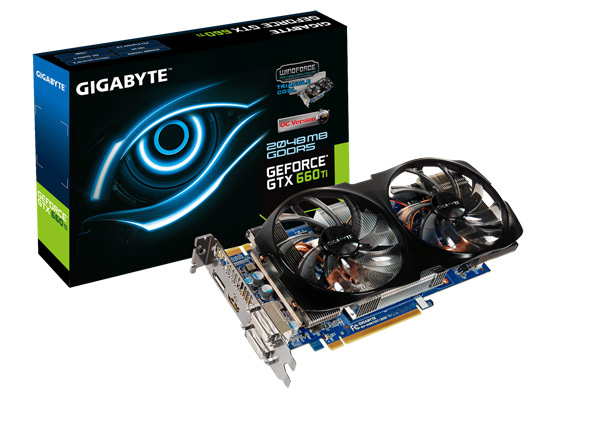
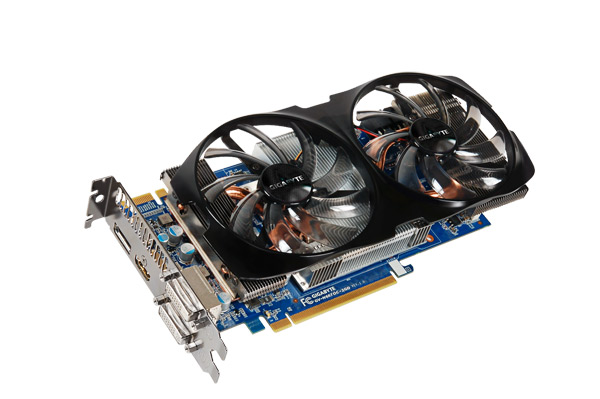
MSI:
N660GTX-Ti Twin Frozr IV -Power Edition OC - 2GB GDDR5 1019/1097/6008MHz, 6+6 Pin
N660GTX-Ti Twin Frozr IV -Power Edition 2GB - 2GB GDDR5 915/980/6008MHz, 6+6 Pin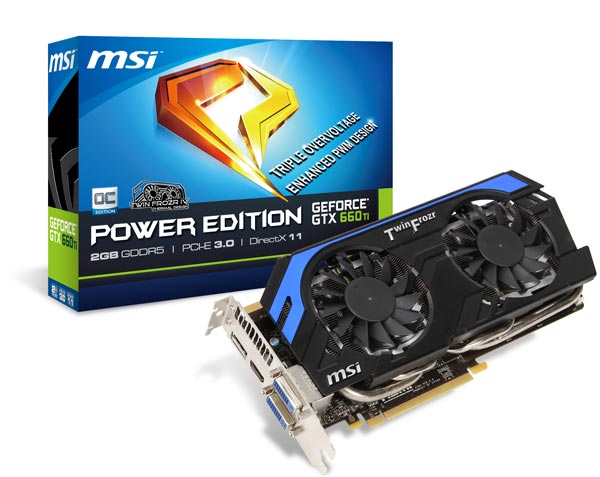
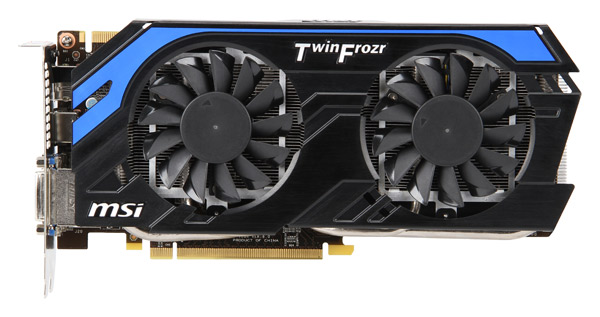
Zotac:
- ZT-GTX660Ti AMP Edition - 2GB GDDR5 1033/1111/6608MHz, 6+6 Pin
- ZT-GTX660Ti 2GB Edition - 2GB GDDR5 915/980/6008MHz, 6+6 Pin
